Sao Luis in Maranhao, a trip in Brazil off the beaten track
Sao Luis is generally not included in the itinerary of visitors to Brazil. So, that made it rather intriguing to me as I am always out to discover off the beaten track destinations.
Sao Luis is the capital city of Maranhao State
Sao Luis is the capital of the State of Maranhao in the North East of Brazil. It has two rather large seaports through which a significant part of Brazil’s iron ore is exported.
Only capital town in Brazil built by the French
Back in time, it was a large village of the Tupinamba tribe. In 1612, the first Europeans, i.e. the French, arrived and founded the city. They intended to make it the center of a French colony.
The Portuguese took over
Their effort did not last long as three years later, in 1615, the Portuguese conquered the settlement and gave it the name Sao Luis. Due to the short presence of the French, there is a bit of disagreement of when and who founded the city of Sao Luis.
The Dutch reigned for four years
Short after, in 1641, the Dutch invaded the city, albeit their dominance only lasted up until 1645.
The Portuguese came back to stay
In 1677, after the Portuguese had taken over again, the city became the seat of the Roman Catholic Diocese of Sao Luis do Maranhao. Up until the mid-1900’s Century, Maranhao’s economy was one of the most prosperous of Brazil. This changed after it lost its space in the export of cotton. The state went into decline.
Sao Luis today
Not too long ago, Sao Luis was connected to the rest of the country with very good roads. It also got an international airport. These developments contribute to the efforts to clean up and develop Sao Luis.
Worrisome security
According to statistics, Sao Luis is one of the more dangerous cities of Brazil. In fact, it is famous for its robberies and other crime issues including drugs.
Where I stayed
My accommodation was Portas da Amazonia. I had chosen it for two reasons. One, because it is located in an old colonial building. The second, it is located in the middle of the historic center.
The Praca Nauro Machado and the Feira de Praia Grande are less than 100 meters away. Both are very popular meeting places. Locals (and the handful of visitors) have their dinner after dark at one of the many restaurants or stalls. Plenty of music emanating from numerous places around the area.
My room
I found my room really nice and charming. However, talking to other guests next morning at breakfast, it appeared that I had the best room of the pousada. So, if you decide to stay there, make sure you get the right room. I believe there are three similar to mine. They all face the road.
Walking tour
I was eager to get and explore the historic center. Being a former Portuguese colony, I expected to see plenty of buildings covered with those amazing Azulejos (tiles).
So, I organized an ad hoc walking tour with the receptionist. Just to be on the safe side, I left my bulky camera in the hotel and took all the photos with my cell phone.
UNESCO world heritage site
The historic center of Sao Luis made it into UNESCO’s world heritage list in 1997. All the more I was eager to see it.
Historical sites
We walked extensively through all the little roads.
All the way to the Grande Praca Dom Pedro II where the local Government seat and the Court House are located.
There is a great view of the meeting point of Rio Anil and Rio Bacanga. Close by is also the Igreja da Se i.e. the main church of Sao Luis.
Coco Babacu
This is a variety of palm tree growing wild all over the place. I had not seen it before. Its name is Coco Babacu. The date-like fruits on the tree are processed and an amazing soap produced. I actually bought some and am totally in love with it. I might have to get back to Sao Luis to get more of it.
Guarana
Guarana is a very popular soft drink that can be found all over Brazil. Well, Maranhao, and therefore Sao Luis, has a special version of it called “Jesus”. The colour and taste is very different from the Guarana found in the rest of the country. It is named after its founder, Jesus Norberto Gomes who formatted the drink in 1920. It is of pink colour, very sweet and tastes of cinnamon.
Driving to the modern part of Sao Luis
After some three hours walking around, I was off with a car to visit the “other” side of Sao Luis meaning the modern part of town. We crossed the Ponte Sao Francisco over Rio Anil and entered a totally different world. The wide two-lane road, all those high rise buildings, the cleanliness of the roads, nice shops, fancy hotels, and restaurants.
What a contrast
I was rather impressed by the difference compared to the rather rundown historic centre of Sao Luis. Further, in contrast to the historic centre, I noticed a lot of movement of cars and pedestrians on the road.
In other words, if you want to be on the safe side, get a hotel in the modern part of town across the river. Albeit, you will be missing out on the charm of Sao Luis. Having said that, it is only some 15 minutes drive into the old part of town.
Praia do Calhau
The driver took me to Praia do Calhau leading up to Praia Aracagy. This is where locals spend their free time. The stretch of beaches was impressively wide (it was low tide). Unfortunately, I found the brownish sea water not really appealing. Having said that, it is still very relaxing and enjoyable to sit in one of the many beach restaurants and have some really good seafood.
Enormous dryland during low tide
On the way driving to modern Sao Luis, we had crossed the bridge over a huge semidry wetland. On our way back a couple of hours later, the water had started coming in. According to the driver, by the time of the full high tide, the water would reach a depth of over one meter.
Dinner in Praca Nauro Machado
I joined the crowd in the square to try a couple of traditional dishes and was back to my hotel by 9 pm. While standing on the little balcony of my room, I observed a number of police raids happening just before my eyes. Just a confirmation that you have to keep your guard up in this place.
My impression of the historic centre of Sao Luis
Let me be very honest. I expected to see more of the famous Portuguese tiles. Over all, the buildings are in dear need of repair. The main culprit is probably the very humid climate that eats them up. And a little lack of government will.
Having said that, it does have that colonial charm. It is apparent that there had been better times. Hopefully, in the future, more effort will be put into some renovation. It would be worth it.
Overall, I am happy I passed by. I have not seen all there was to see. In fact, there are a couple of islands and beaches to be visited and other things to do but I was eager to get on with my trip.
Tomorrow I am off to Barreirinhas
After passing 1 and a half days in Sao Luis I was ready to start the “Route of Emotions”. The first stop was going to be Barreirinhas and the famous dunes Lencois Maranhenses.
Check out the continuation of my trip off the beaten track in the NE of Brazil:

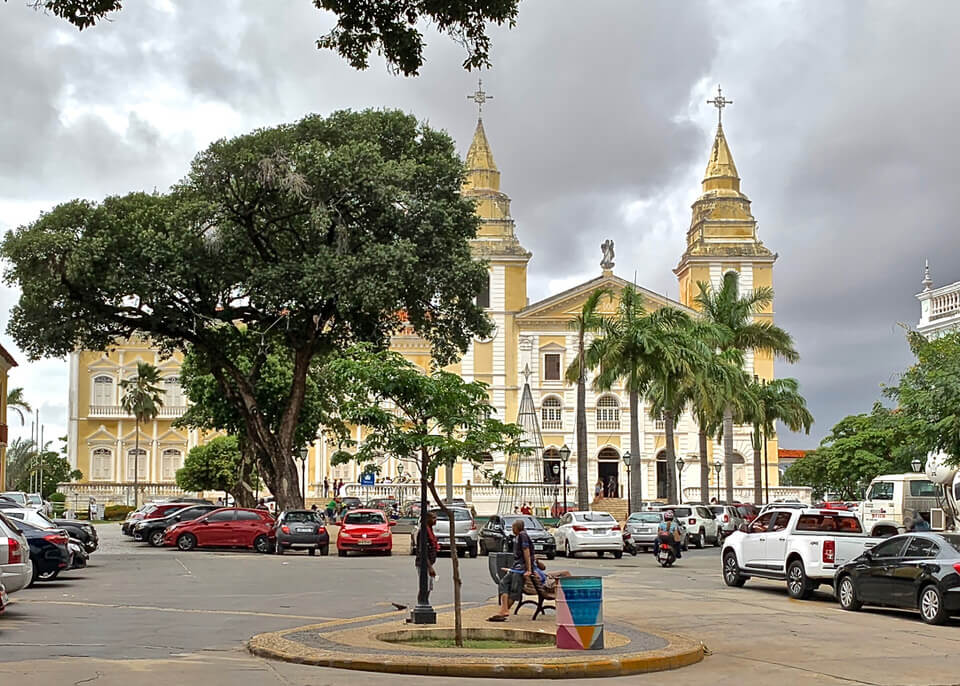
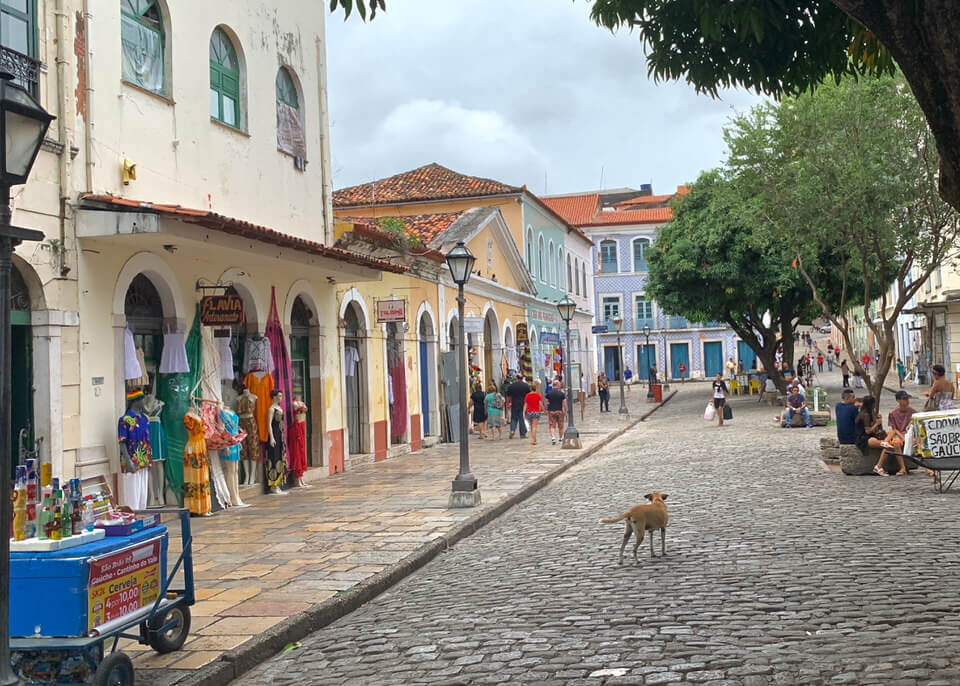
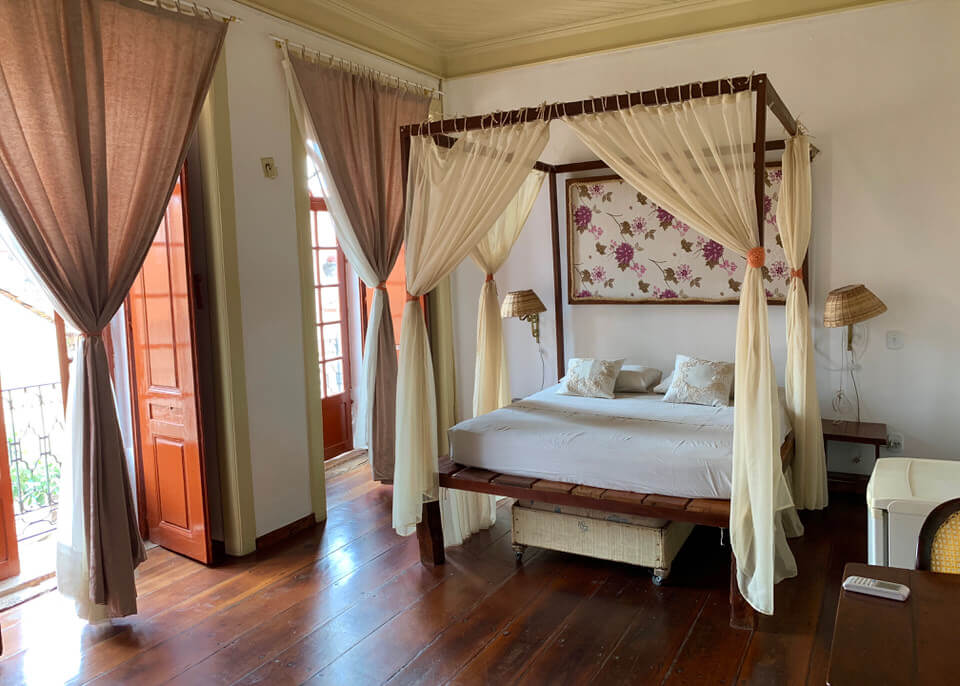
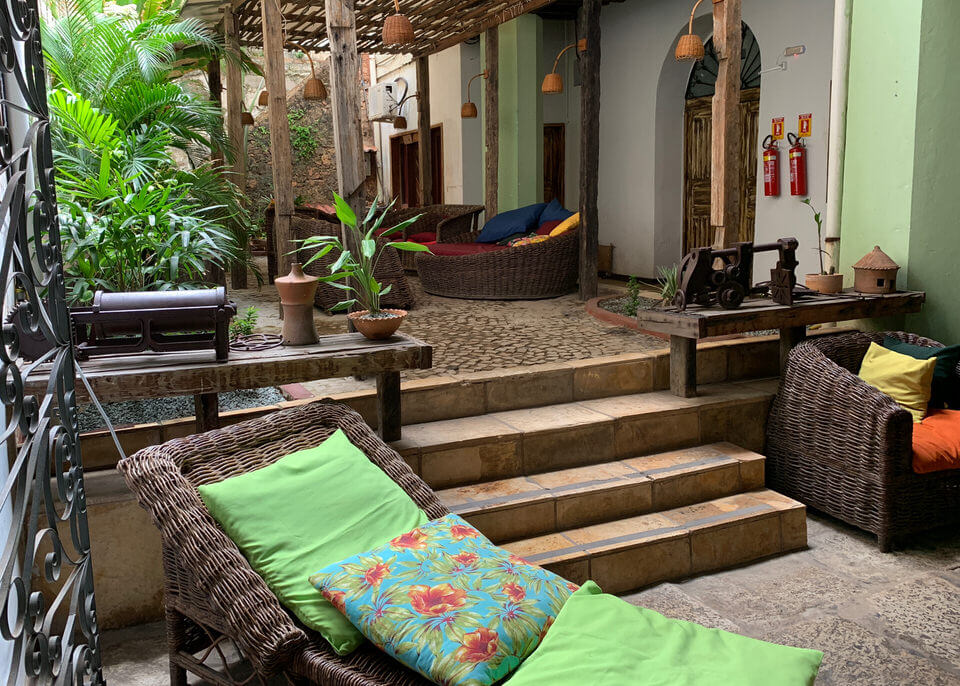
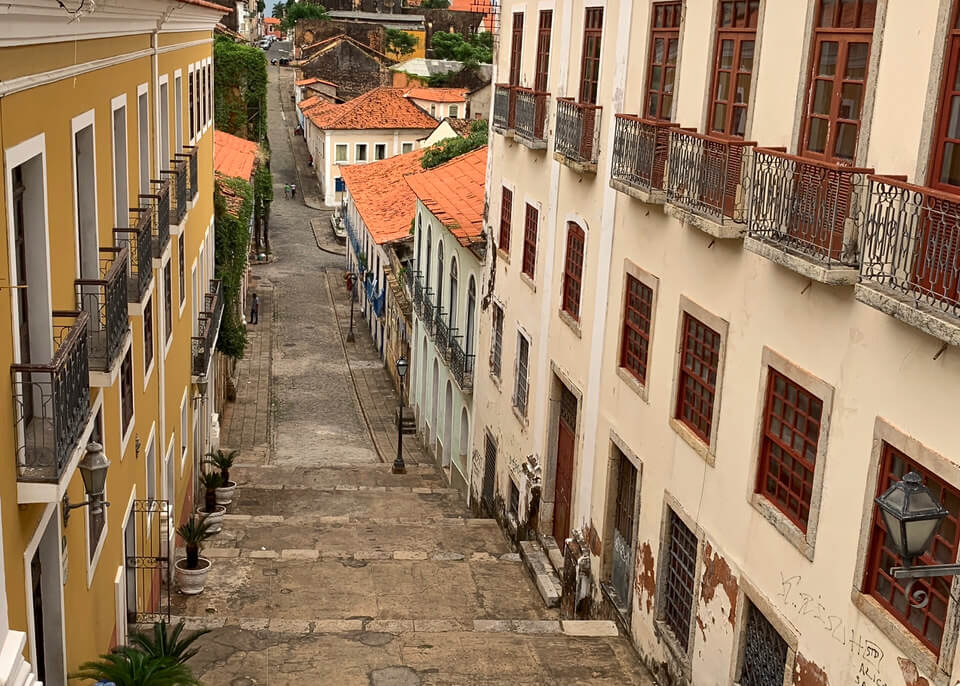

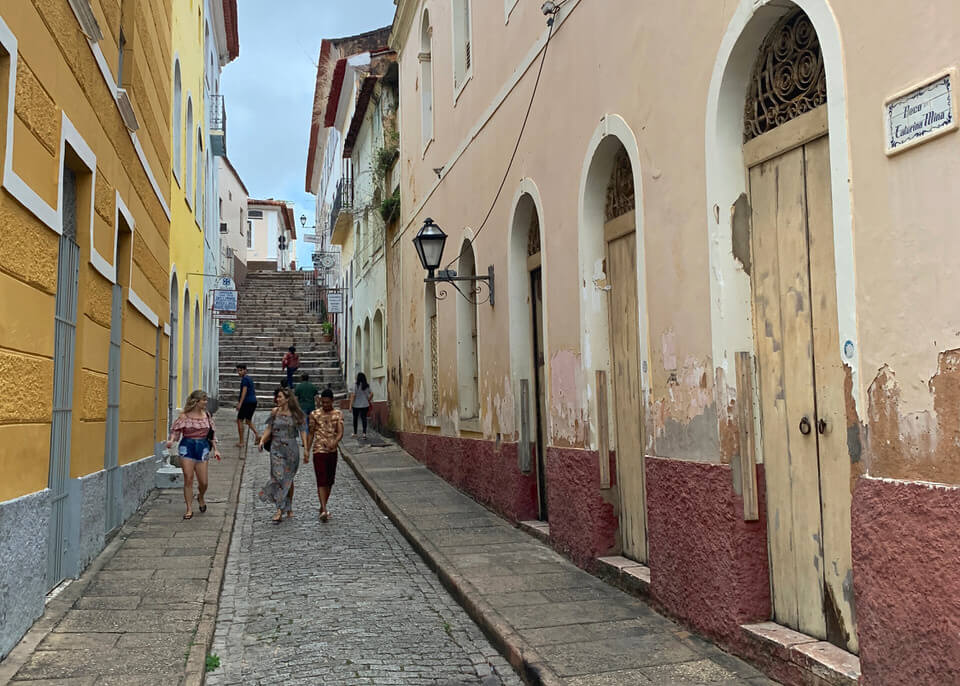
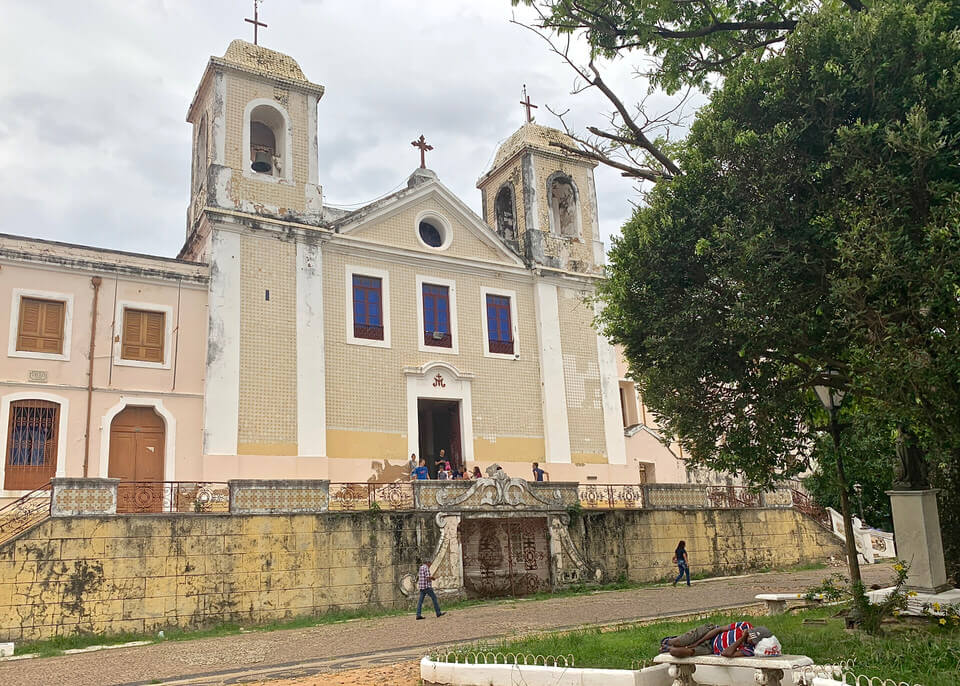
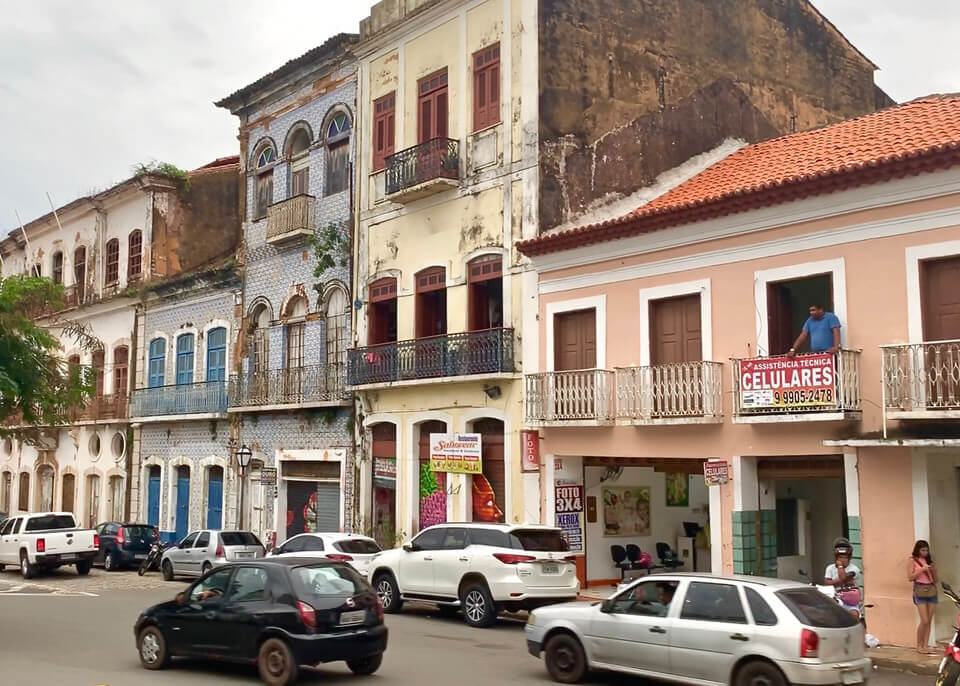
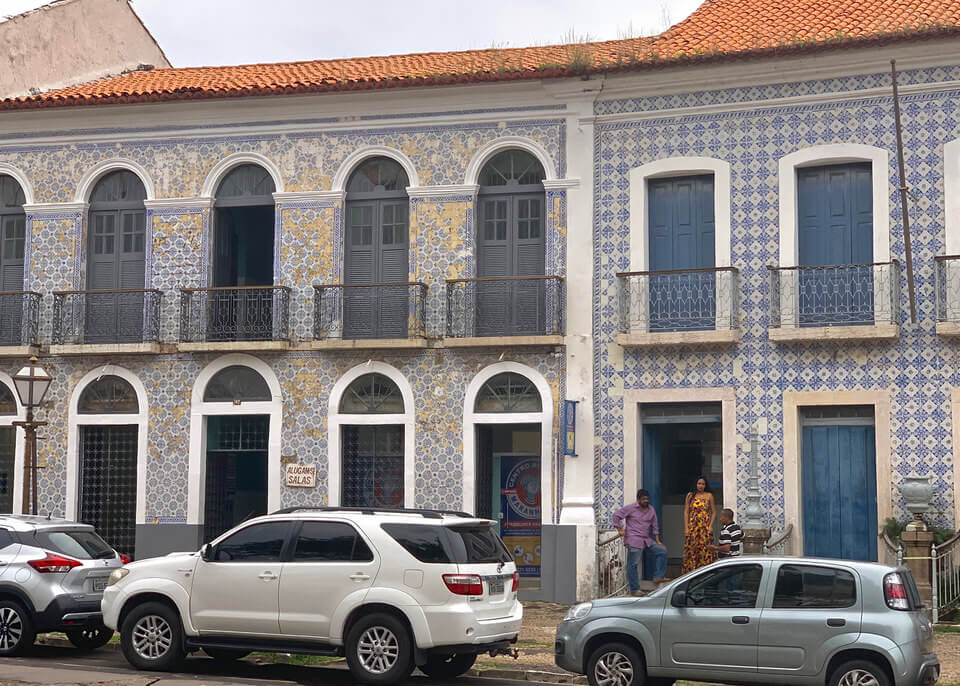
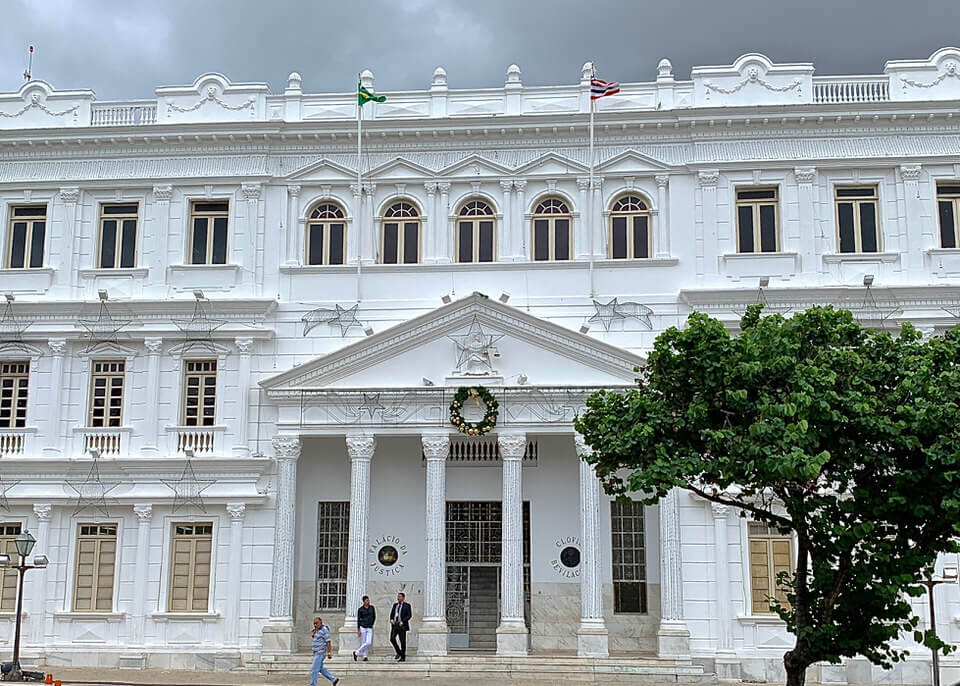
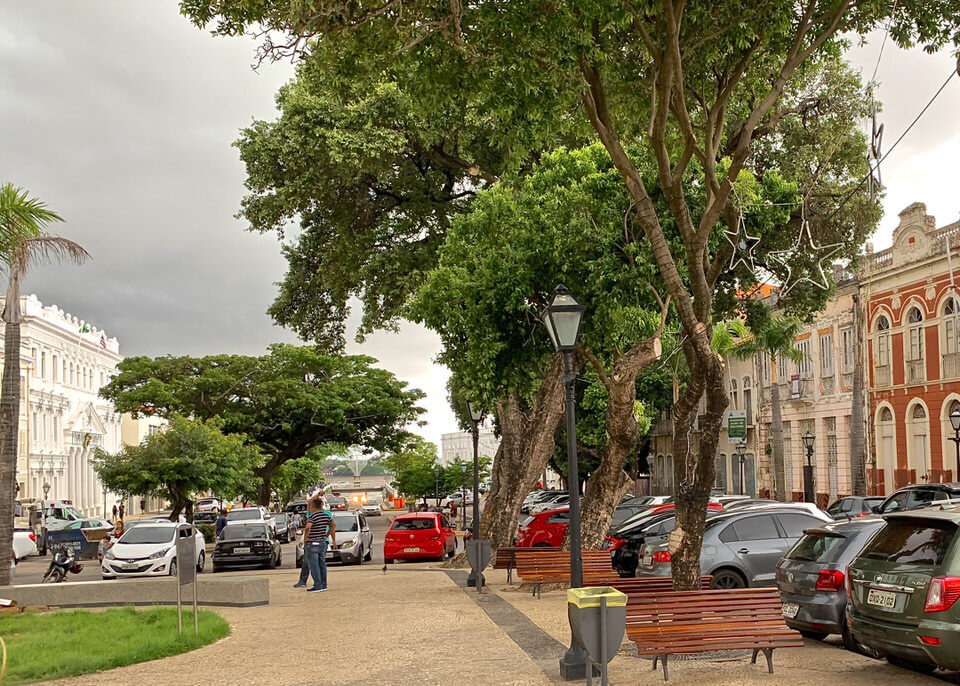
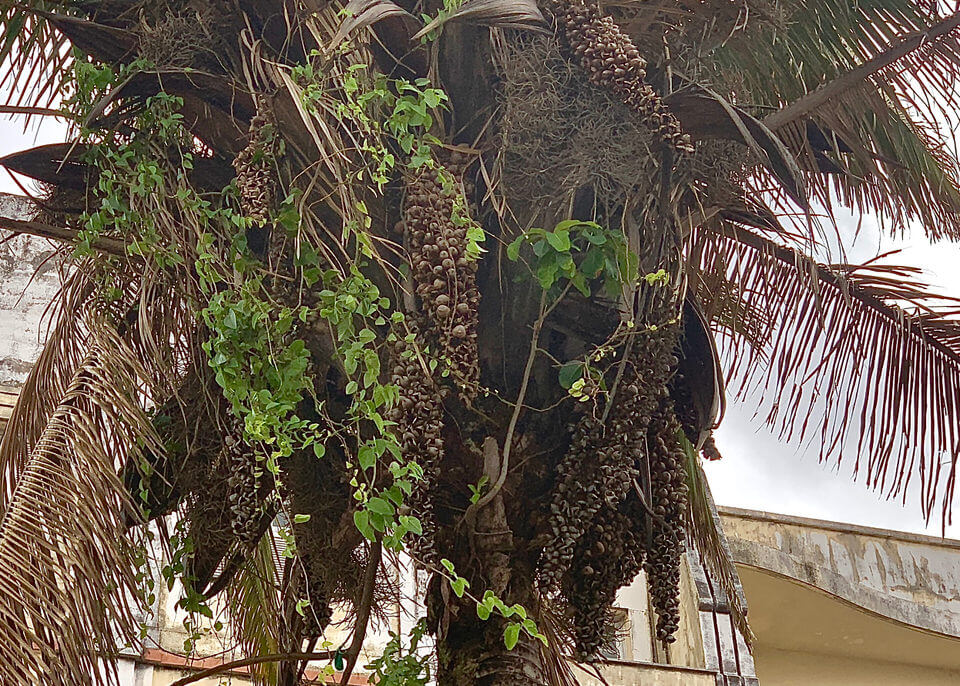
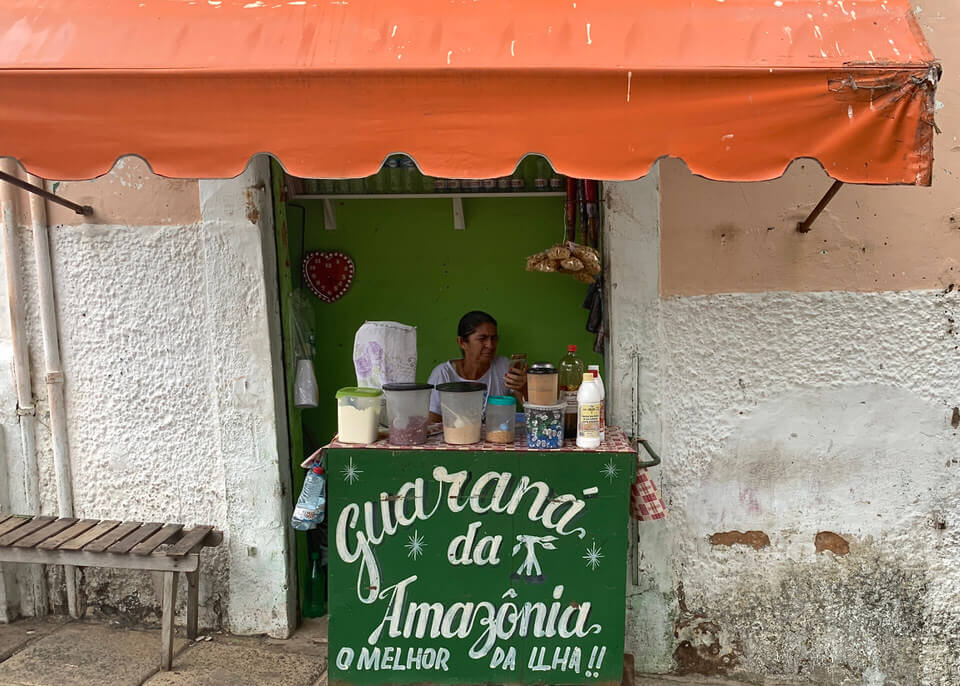

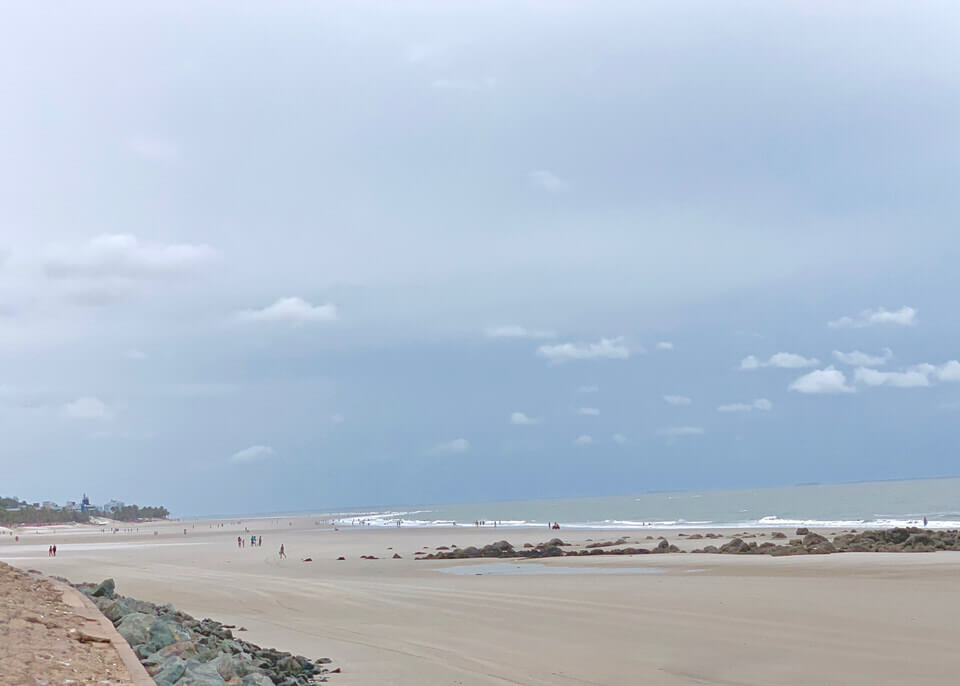
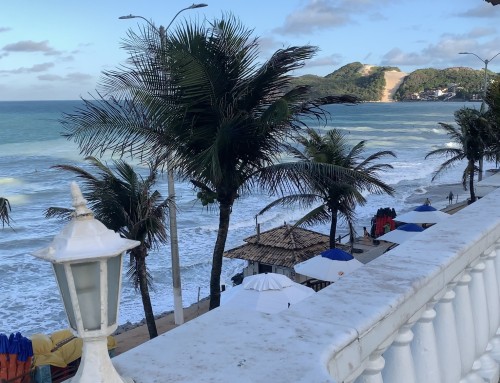
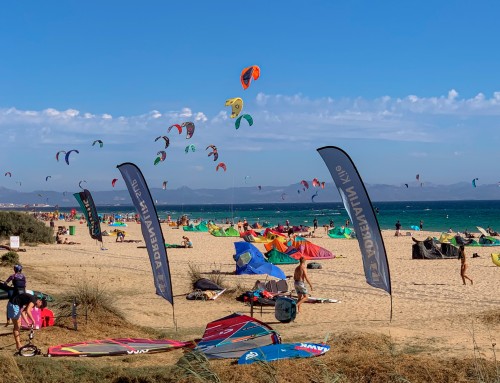
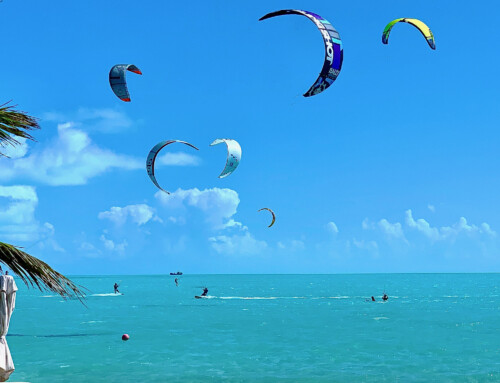
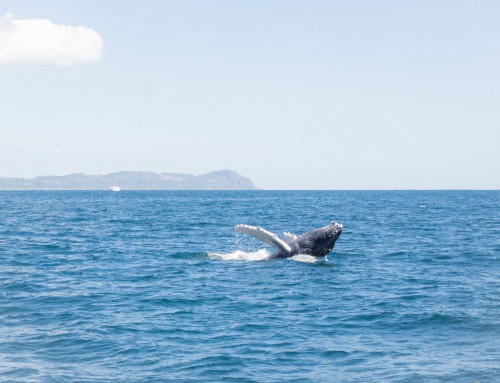
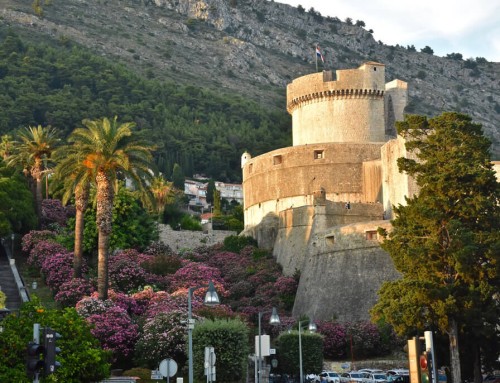
Leave A Comment
You must be logged in to post a comment.